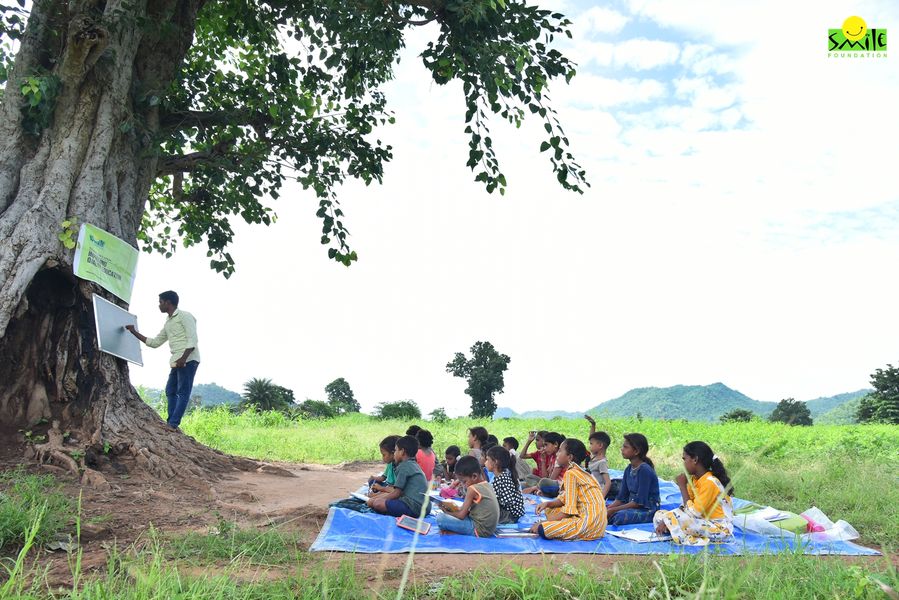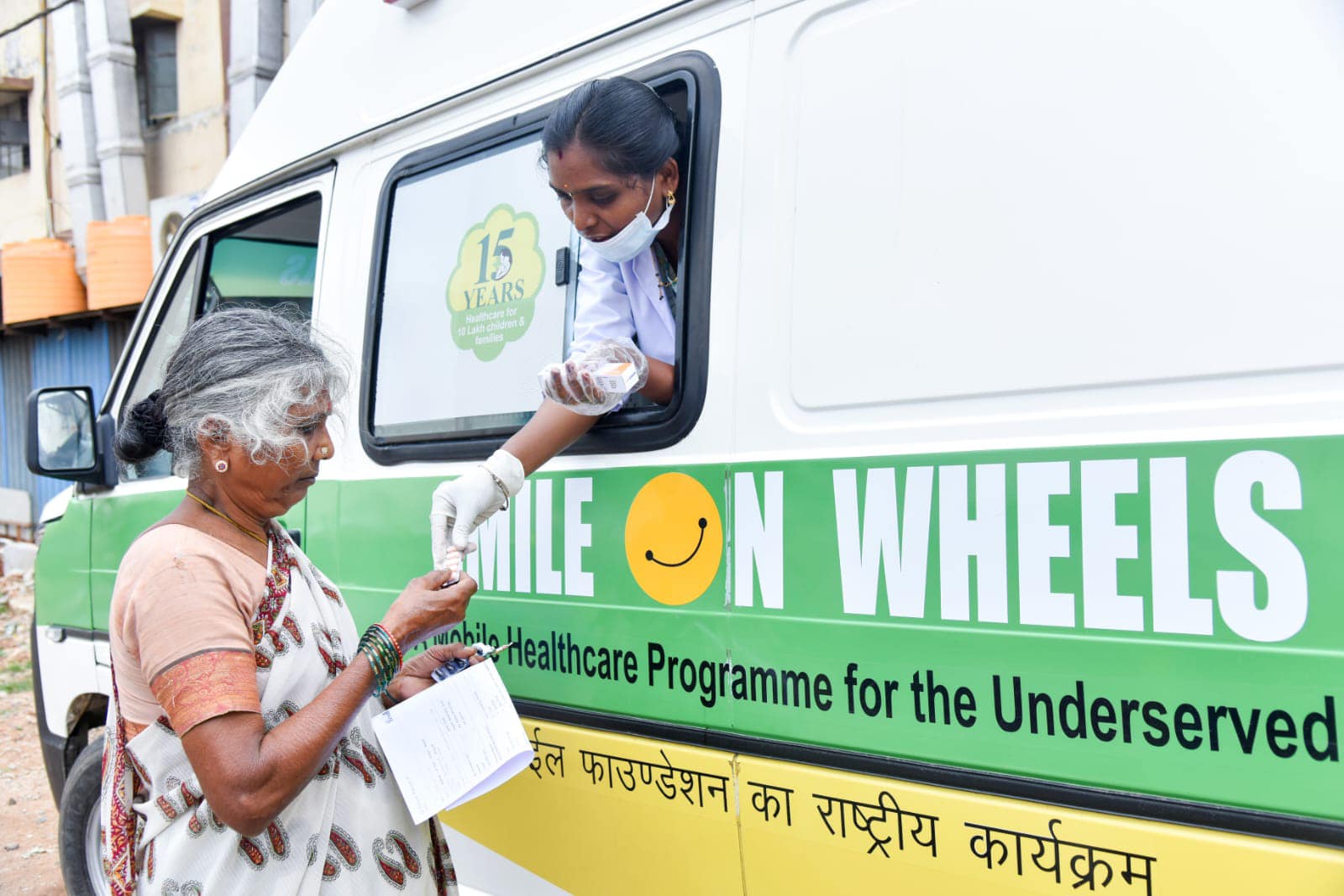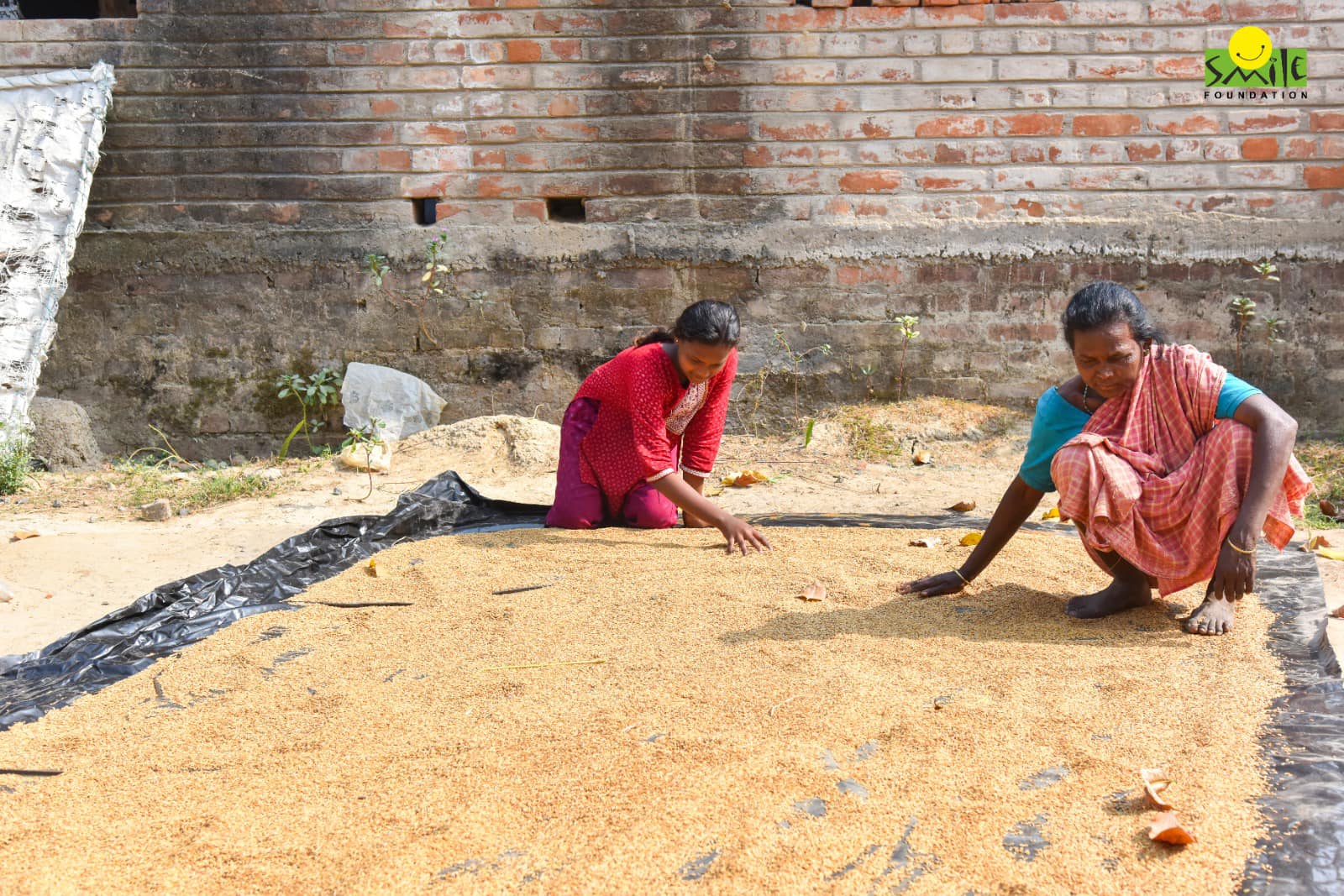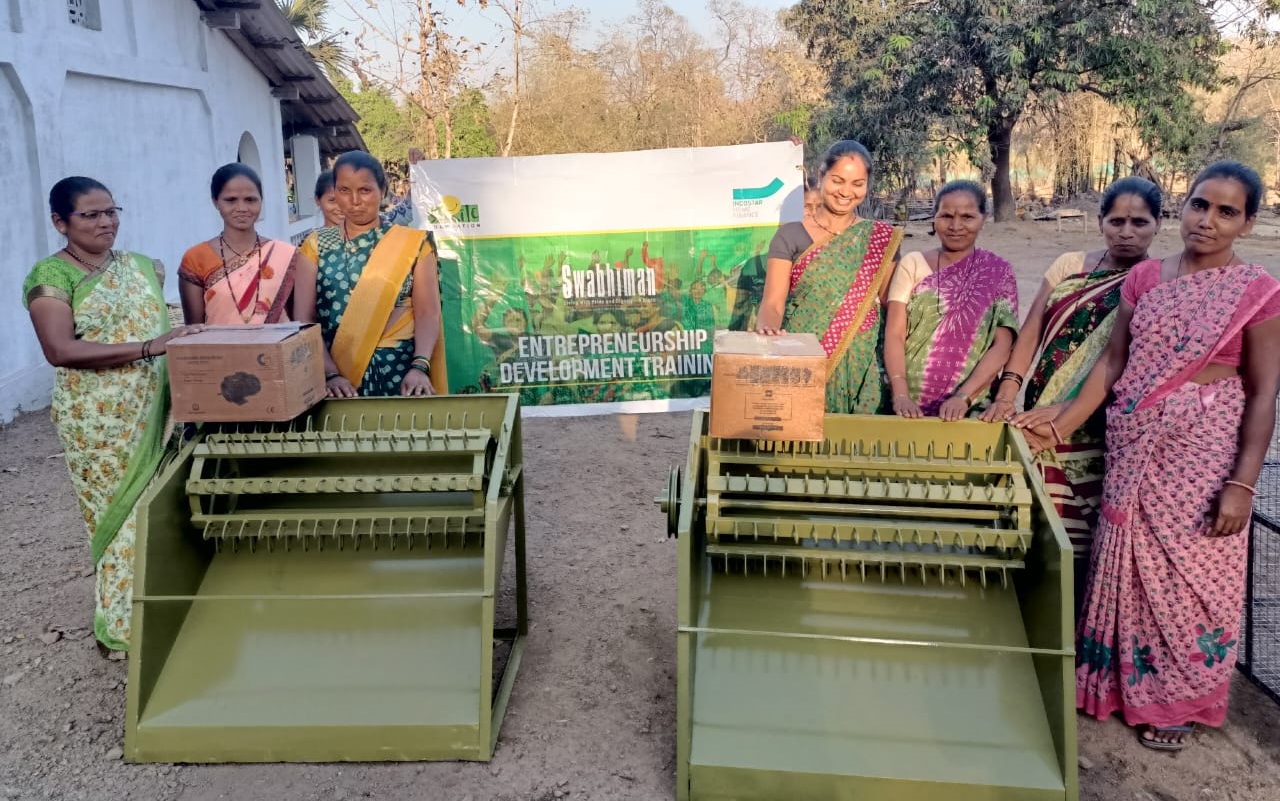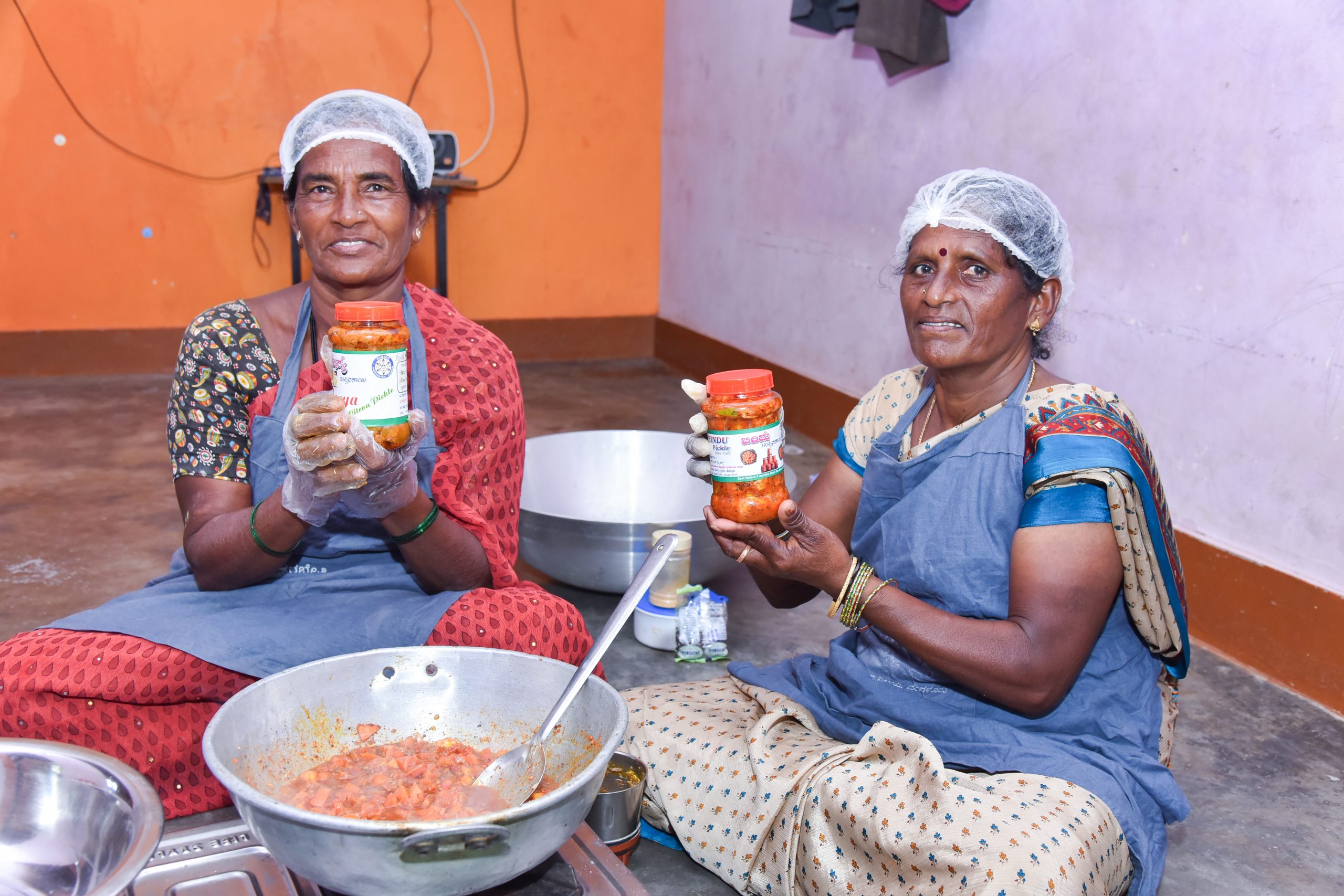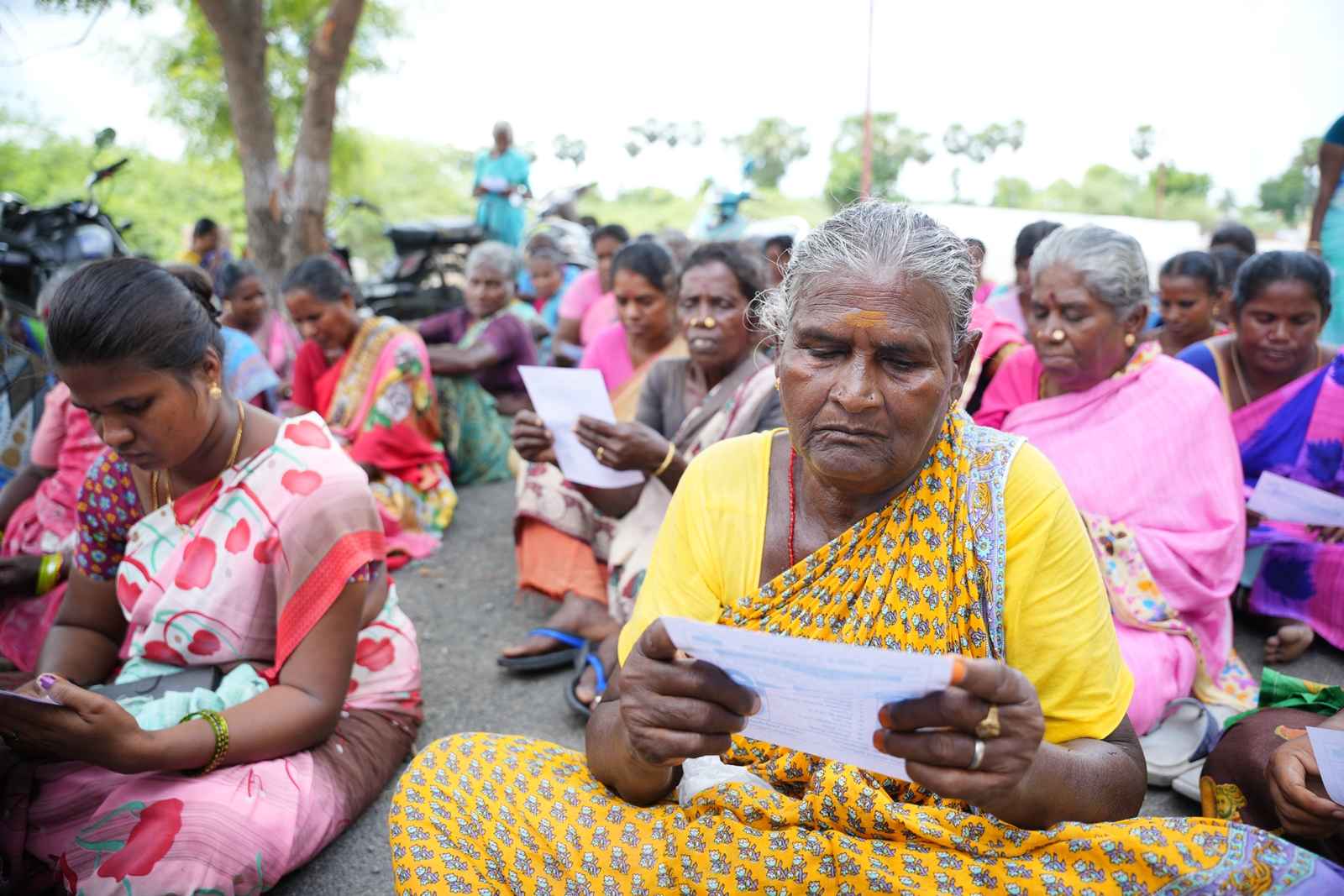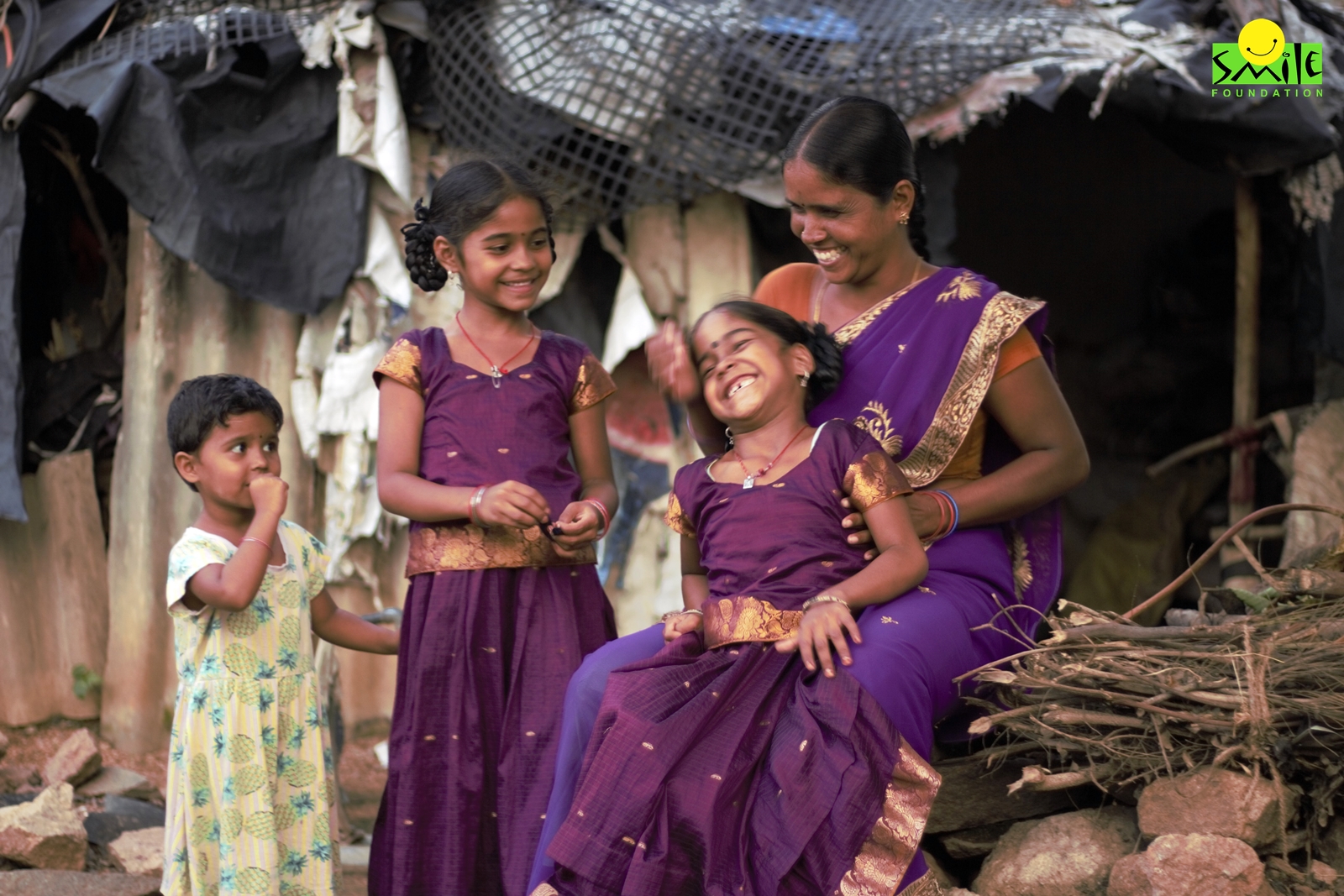In many Asia-Pacific countries, children are being forced out of school classrooms due to extreme heat. Countries like India, Bangladesh, Pakistan and the Philippines are experiencing dangerous heat patterns, which have become a significant health concern, especially for the youngest populations. This alarming situation necessitates the conversations around heatwaves and children for everyone to take urgent measures to build environments where children can stay healthy and learn effectively.
The Impact of Extreme Heat on Children
Extreme heat can have devastating effects on the physical and mental health of children. According to the World Health Organization (WHO), children are more vulnerable to heat stress because their bodies are less effective at regulating temperature compared to adults. Prolonged exposure to high temperatures can lead to dehydration, heat exhaustion and even heatstroke, which can be fatal if not treated promptly. Additionally, heat can exacerbate existing health conditions such as asthma and other respiratory illnesses, which are prevalent in many urban areas.
Mentally, extreme heat affects children’s cognitive functions. Many studies have found that high temperatures can impair concentration, memory and learning ability. In school settings, this means that children are less able to focus, perform tasks and retain information, which significantly hampers their educational outcomes.
Protecting Children from Extreme Heat
To protect children from the harmful effects of regular heatwaves, several steps need to be taken:
- Infrastructure Improvements: Schools should be equipped with proper ventilation and cooling systems. This includes installing fans, air conditioners and ensuring that classrooms have adequate insulation to keep out heat. Planting trees around schools can also provide natural shade and reduce ambient temperatures.
- Modified School Schedules: During periods of extreme heat, schools can adjust their schedules to start earlier in the morning or later in the afternoon when temperatures are lower. Alternatively, short breaks during the hottest parts of the day can help mitigate heat exposure.
- Hydration and Nutrition: Ensuring that children have access to clean drinking water is of utmost importance. Schools should provide regular hydration breaks and educate (and encourage) children on the importance of staying hydrated. Nutritious meals that include hydrating foods can also help maintain their health during heatwaves.
- Health Education: Educating children, parents and teachers about the signs of heat-related illnesses and preventive measures can save lives. Schools should implement regular health checks. They should have a clear action plan in case a child shows symptoms of heat stress.
The Role of Government and School Authorities
Governments and school authorities play an all-encompassing role in protecting children and ensuring they receive uninterrupted quality education. Here are some actionable steps to deal with heatwaves and children:
- Policy Implementation: Governments should implement policies that mandate heat-resilient infrastructure in schools. This includes funding for retrofitting existing buildings and constructing new ones with climate-adaptive designs.
- Emergency Response Plans: Schools should have heat emergency response plans. This includes procedures for school closures, relocation to cooler environments and medical response for heat-related illnesses.
- Community Engagement: Engaging with communities to create local heat action plans can enhance preparedness and response. This involves working with local health departments, nonprofits and community leaders to raise awareness and coordinate resources.
- Research and Monitoring: Continuous monitoring of heat patterns and their impact on health and education is essential. Governments should invest in research to develop long-term strategies for coping with extreme heat and its effects on children.
The Future of India’s Demographic Dividend: Heatwaves and Children
India, as one of the fastest-growing economies in the world, stands at one of its most defining moments in the history of prosperity. The demographic dividend of the country – a large, youthful population – is a potential source of significant economic growth. However, this potential cannot be realised if children, especially those from slum areas and remote rural parts, are unable to lead healthy lives and access quality education.
Children in slum areas often study in poorly ventilated classrooms with inadequate facilities, making them highly susceptible to the adverse effects of extreme heat. Rural areas face similar challenges, with schools lacking basic infrastructure and resources. The loss of learning during heatwaves, coupled with health issues, can have long-term detrimental effects on their academic performance and future opportunities.
Look into the huge problem of heatwaves and children NOW!
Addressing the challenges posed by extreme heat requires a concerted effort from governments, school authorities and communities. By investing in heat-resilient infrastructure, adjusting school schedules, ensuring hydration and nutrition and educating the community about heat-related health risks, we can create environments where children can learn and thrive.
For India and other Asia-Pacific countries, taking these steps is essential not only for protecting the health and education of their children but also for securing their future economic growth and development.
How You Can Help?
You can make a significant impact by supporting the education programme of Smile Foundation. Your small donation can help ensure that children have access to the resources they need to stay healthy and continue their education even during extreme heatwaves. Here’s how you can contribute:
- Donate to Cooling Initiatives: Your donation can help install fans, air conditioners, and improve ventilation in classrooms to create a cooler learning environment.
- Support Hydration Stations: Contribute to the establishment of hydration stations in schools, ensuring children have access to clean drinking water throughout the day.
- Fund Health Education: Help us organise health workshops that educate children, parents and teachers about the signs of heat-related illnesses and preventive measures.
- Improve School Infrastructure: Your contribution can assist in retrofitting schools with climate-adaptive designs, ensuring a safe and conducive learning environment.
- Sponsor School Supplies: Provide essential school supplies and materials that can enhance the educational experience for children in heat-affected areas.
Every donation, no matter how small, can make a big difference in the lives of these children. Together, we can help them stay healthy, stay in school and build a brighter future.
Consider making a donation to Smile Foundation’s education programme here and be a part of this important mission!



